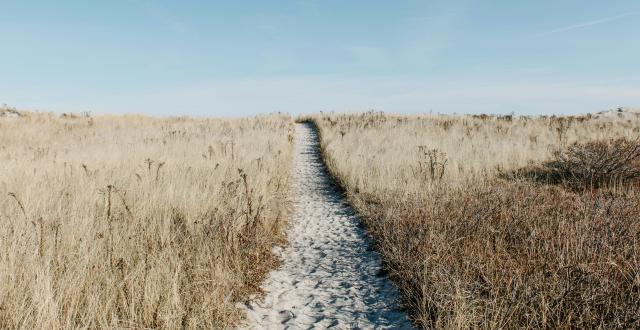
I remember riding on a bus through the Atacama Desert and being keenly aware of the stark sweeping flatness of it all. It seemed like everything three-dimensional was profoundly noticeable, present; somehow vulnerable, because it stood in such contrast to what surrounded it. Add in that we were in motion traveling through a place of wide stillness and that this bus held a larger population of people than most of the topography we covered. Over time, the road we were on became a subtle line between untethered freedom and an unsettling disturbance of fear.
The memory of that journey from Santiago in the centre of Chile to Antofagasta in the north comes back to me sometimes when I am watching the crows in the Halifax Public Gardens or in Point Pleasant park. Crows are unavoidably who they are; they are birds of great dimension who have un-camouflaged beingness – by design, not by choice. Bottom line, they are utterly themselves, and they don’t blend in especially well. They are blue-black among the green; monosyllabic garglers in the midst of operatic divas. The fact that they continue on with such purpose and self-possession sparks a fondness in me. Where other birds make their mark by how well they hide in plain sight, crows are who they are, decidedly noticeable and different. To pretend otherwise would be impossible for them.
Lent is another desert journey, a time apart from the daily making of our way. For this span of time in the barrenness, do I have the courage to bring my own dimension before God? Can I risk vulnerability, to be who I am called to be in fullness – whether that means that because of who I am, I fall into my surroundings with graceful stealth and lightness of wing or that I provide the counterbalance and stand out simply by being me?
Long bus rides through the desert offer plenty of time for such considerations. Lent offers us that time every year. I was not alone on the bus for those 19 hours, and we do not travel alone through these weeks leading to Easter.
If we can each bring ourselves before God and risk acknowledging for ourselves what God already knows, then what is there to fear? And when prohibitive fear is removed … when we believe we are loved, honoured, appreciated and respected, by ourselves, others, and God in that fullness, untethered freedom and unsettling disturbance merge into something that I imagine looks like a great murmuration of different species of birds against the sky at close of day. No one losing themselves, all moving both independently and collectively; living art composed of a togetherness of being … like diverse people of one heart and one mind or soul saying, “Here I am, Lord. I come to do your will.”
Reflection: Kim King, RSCJ, director of Barat Spirituality Centre in Halifax, Nova Scotia
Image: photo by Kim King, RSCJ



